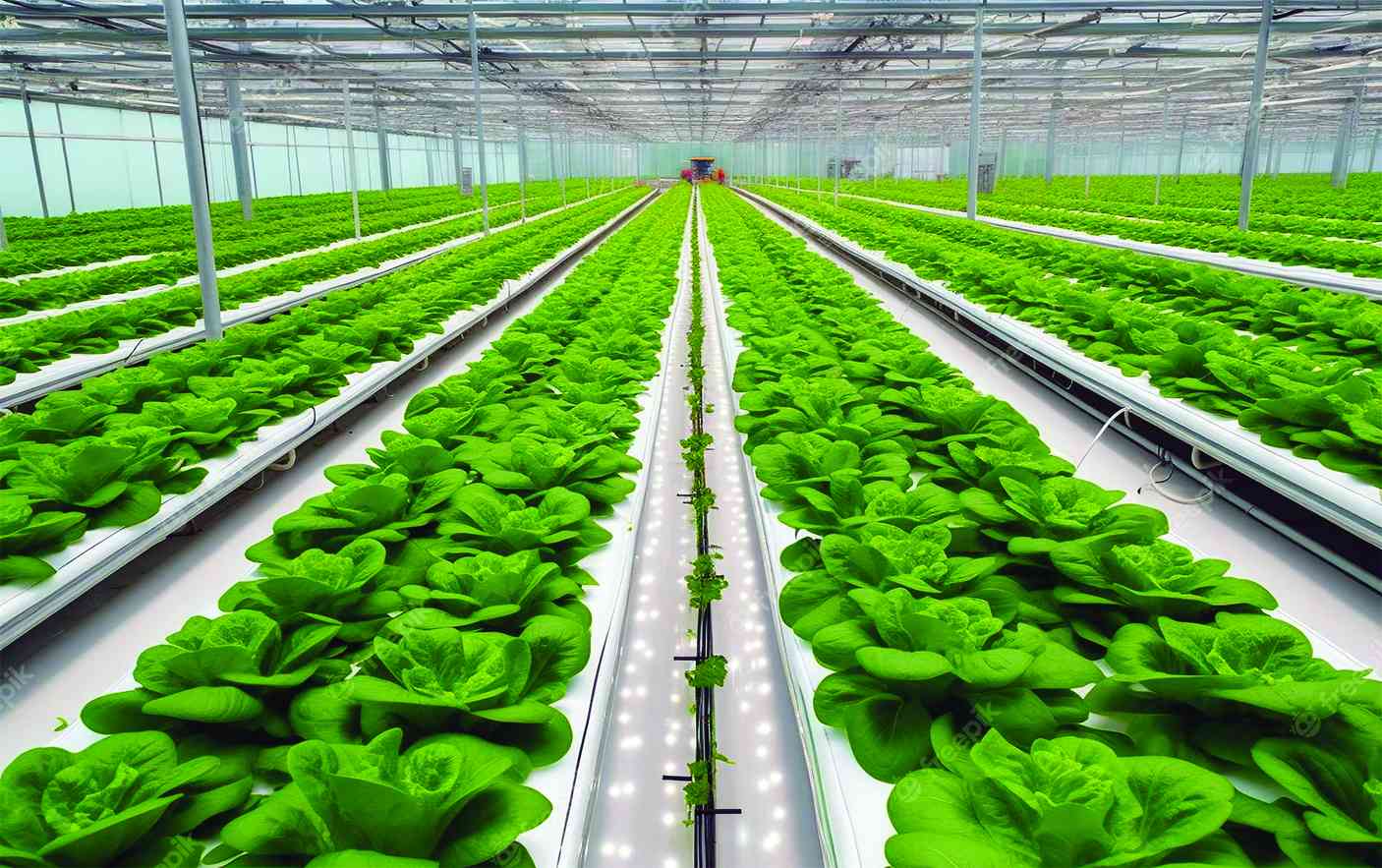
It is interesting to discuss some aspects of business that generally unsettle students and practitioners alike. Of course, here we try to simplify the subject for entrepreneurs.
Economics has a fundamental role in how we structure and run enterprises, especially small to medium scale enterprises (SMEs). These businesses are trying to find a perfect and profitable fit in this Vuca (volatility, uncertainty, complexity and ambiguity) environment.
In this edition, we are starting a journey from basic economics, up to a level where we develop our own market/business structures. We will combine all aspects of business — costs, revenues, demand, supply and profitability to model our own operations. We will be moving in phases, from general principles to models that talk our own entrepreneurial businesses. This trajectory is more than a business re-engineering redemption.
From the perspective of this week’s focus, we internalise business structuring through assessing our micro business economics for entrepreneurship first, as we look forward for a bigger picture.
Economics can be divided into two main components, that is micro and macro-economics.
To start with, it is important to classify the resources that results in effective service delivery and production by your particular type of business.
There are basic economic resources that are common to any type of entrepreneurial business, which we are to explore in this discussion, some of them uniquely specific to various sectors, such as agro-business, tourism, wood manufacturing, engineering, micro-finance and others.
This then becomes a homework for entrepreneurs to do a further analysis on the specific resources that are above the general, as required by their type of your business.
- Ex-UK envoy roasted over ED links
- Strive Masiyiwa eyes US$500m for expansion
- Immunisation information dearth in communities
- Strive Masiyiwa eyes US$500m for expansion
Keep Reading
The three main fundamental resources for an entrepreneurial business are land, labour and capital. Even when you are doing a virtual type of business, such as buying and selling, you will also need such requirements as office space.
This means land will always be part your entrepreneurial set up and operationalisation. Our thrust here is not about naming and listing theses resources, but discuss how we can make them useful where they are most needed and at the lowest cost.
Those in the school of business economics will refer to these as allocative and productive efficiency respectively.
Land as a resource should be well calculated and managed in relation to capacity needs of your production.
Most of our SMEs are either underutilising the land they have acquired or leasing. That is a dangerous way of starting and running a business. This is because costs associated with land in terms of rentals are fixed. They will remain the same whether production is done or not.
Capacity underutilisation should be well monitored from time to time so as to adjust production accordingly.
Entrepreneurs should do simple calculations of the contribution being done to the fixed costs from producing a single unit (average fixed cost in production).
Most entrepreneurs will find that their profits are currently on paper, but not for economic viability.
This is the same in relation to labour as one key resource in both service and production related businesses. There is need to strike a balance between non-human and labour-intensive mechanisation.
It is not only about artificial intelligence (AI) and systems automation that has made successful enterprising.
The cost of technical repairs when you decide to use robotics in your processes against being labour intensive should be well approximated too.
Otherwise, most enterprises will find out that the costs to wages, pension and any other labour related are comparatively low yet they have opted for techno-mechanisation.
Economics for business growth through re-engineering should be attended to without a copy and paste of what other businesses have done. This is because they might not have the same orientation as that of your current enterprise. This is why it is important not only to own a business idea, but to keep it unique and healthier.
Capital is never enough for any business.
This is the same reason why we have to keep on re-investing our net profits for continued business viability.
Some thriving entrepreneurs have been known for squandering working capital and over-borrowing.
Remember that your sweat benefit is working capital not debt. The latter comes with high interests and even costly lawsuits when you fail to payback. The question here is at what level is one supposed to finance a business through borrowed capital.
Most of businesses borrow from inception in the form of venture capitalisation.
That can be dangerous as they might end up running other people’s business throughout their life cycle by just paying back debts. More can be said in this area, which we will detail in the future.
To close for this edition, know that the aforementioned resources are scarce at any given point in time and that is the same reason they shouldn’t be wasted.
The success of a business is then measured by the forth resource, which is a combination of land, labour and capital, that is “entrepreneurship.”
Even as an employed executive steering a giant organisation, what investors/shareholders look for in your practice is entrepreneurship.
I leave you to self-introspect here.
- Dr Chigora is a businessman and academic. He is the head of Business Science at the Africa University’s College of Business, Peace, Leadership and Governance. His doctoral research focused on Business Administration (Destination Marketing and Branding Major, University of KwaZuku-Natal, South Africa). He is into agribusiness and consults for many companies in Zimbabwe and Africa. He writes in his personal capacity. — [email protected], www.fachip.co.zw, WhatsApp mobile: +263 772 886 871.











